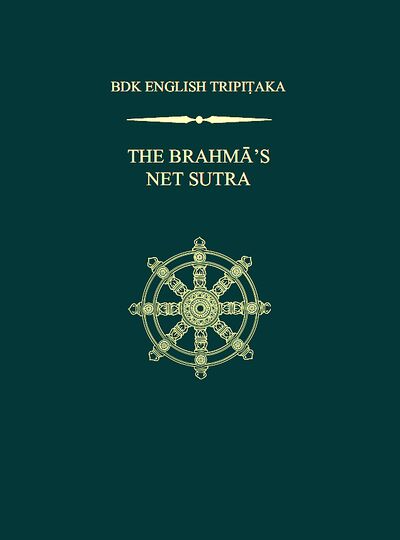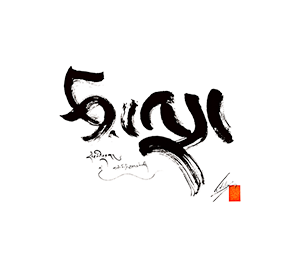- A Message on the Publication of the English Tripiṭaka, NUMATA Yehanv
- Editorial Foreword, Kenneth K. Tanakavii
- Publisher's Foreword, A. Charles Mullerix
- Translators' Introduction, A. Charles Muller and Kenneth K. Tanakaxvii
- The Brahmā's Net Sutra
- Fascicle 1. Exposition of the Brahmā's Net Sutra
- (Preface)3
- Preface to the Brahmā's Net Sutra by Śramaṇa Sengzhao3
- The Forty Stages4
- (Convocation)4
- Ten Departures for the Destination6
- Ten Nourishing Mental States6
- Ten Adamantine Mental States6
- Ten Grounds7
- The Ten Departures toward the Destination8
- 1. The Mental State of Detachment8
- 2. The Mental State of Morality8
- 3. The Mental State of Patience9
- 4. The Mental State of Zeal9
- 5. The Mental State of Concentration10
- 6. The Mental State of Insight10
- 7. The Mental State of Making Vows11
- 8. The Mental State of Guarding11
- 9. The Mental State of Joy12
- 10. The Summit Mental State12


